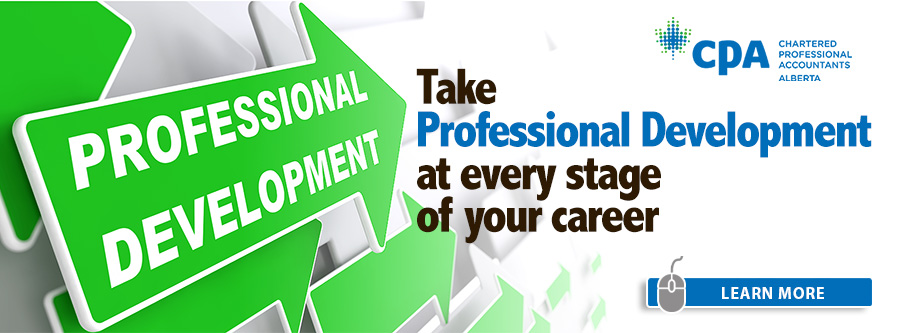As the end of the year approaches, many Canadians may wish to consider tax planning options available to them. For owners of private corporations, this is especially important.
There are several issues that you should consider in terms of year-end tax planning insight:
Specifically for Owners of Private Corporations
- The appropriate level of salaries and/or dividends to pay from the corporation – considerations include personal and corporate tax rates, other sources of income, deductions and tax credits, and personal and corporate cash needs.
- Salaried employees may want to participate in the CPP system, build up RRSP contribution room, or permit the deduction of child care or moving expenses.
- Dividends may be desirable to recover refundable dividend tax payable on investment income. Increases in both personal tax rates and the dividend refund rate in 2016 has rendered many historical rules of thumb obsolete. For fiscal years ending during calendar 2016, the increased dividend refund rate is only partially phased in, which may motivate delaying dividends until fiscal 2017.
- Corporations may have the ability to designate dividends as “eligible”, reducing the personal income tax cost.
- If the corporation has realized capital gains, sold goodwill or other intangibles, or received life insurance benefits, it may have the ability to pay tax-free capital dividends. A submission must be filed with the Canada Revenue Agency.
For Taxpayers Generally
- Whether tax rates will be higher in 2016 (motivating postponing personal income) or in 2017 (motivating accelerating income into 2016) should be considered. This was a more significant issue last year, with the Liberals adjusting tax rates for 2016.
- Payments allowing tax deductions or credits, such as charitable donations or medical expenses, need to be paid by the end of the year. Donations exceeding $200 generate a much higher tax credit for individuals. Medical expenses can be claimed for any 12-month period ended in the year, so timing of such expenses can enable greater claims.
- RRSP contributions can be made up to 60 days after the end of the year (February 28, 2017).
- Investors with capital gains realized in 2016 may wish to sell securities with inherent losses before trading closes for 2016, to offset some of their gains.
- A taxpayer considering capital acquisitions, like buildings or equipment, should ensure the assets are purchased, and available for use, before year end to permit a capital cost allowance claim.
- Teachers and early childhood educators should consider the new tax credit available for purchase of eligible classroom supplies. Both employer certification of eligibility and receipts for the supplies purchased are required to make a claim.
- The Home Accessibility Tax Credit also begins in 2016, allowing a credit for certain renovations undertaken to the residence of individuals over age 65, or individuals eligible for the disability tax credit. Parties sharing the costs (such as children of the owner of the renovated property) will also need to agree on how any credit will be shared.
- Many tax deductions and credits require receipts and/or other certifications. Reviewing your documents now will allow time for obtaining replacement receipts if necessary, before tax returns become due.
Many other issues may exist depending on personal circumstances; as such, while time remains to implement any planning, a discussion with your professional advisor may be prudent. Even if it is too late for this year, there is always next year to plan for!
This article was provided by CPA Alberta. The Author Hugh Neilson, FCPA, FCA, TEP teaches and authors courses for CPA Alberta. He is Director, Taxation Services at KRP Group and works with Video Tax.
CPA Alberta provides Professional Development in the areas of Accounting, Audit and Tax as well as a broad range of other Business Skills and seminars. Please see http://www.cpaalberta.ca/Professional-Development for seminars in CPA Alberta Winter program.
